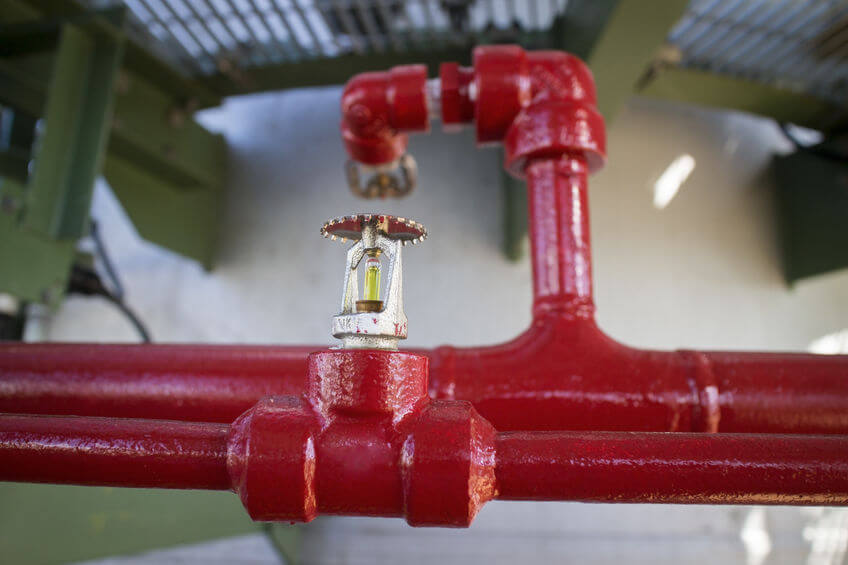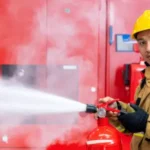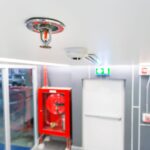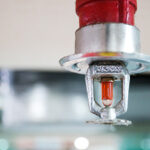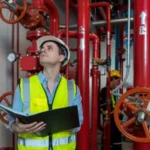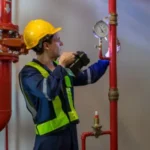Whether you’re a chef in a hotel or an author seated at a desk far from a flame, fire safety matters. In warehouses, offices, and data centers, a surprise fire breakout can be very dangerous. Now, where traditional fire sprinkler systems are concerned, they might not work effectively in all environments. Consider, too, offices with numerous pieces of machinery. In these regions, water is as much a menace as fire. Some electronics or whatever. Plus, just letting out the water can create other problems.
Pre-action Fire Sprinkler Systems: When fire and water both can prove harmful to your property or human resources during accidental triggering, these types of systems work the best. These are engineered to add safety and precision. And these systems only let water out when there’s a real use for it. So, in this blog we’ll unravel how the Pre-action sprinkler system works along with its benefits, applications and kinds that are available.
Sounds interesting? Read on to know more!
What Is a Pre-Action Fire Sprinkler System Exactly?
Ever wondered why the fire protection sprinklers have developed leakage, not to mention occasionally dropping all of the water? This can be so annoying sometimes. And water droplets on the ground and shit! In this case, this works great. These fire sprinkler systems are what ensure that no water stays in the pipes unless one of two occasions occurs
- When fire is detected
- Activation of the sprinkler head
Keep in mind, the two-stage process renders these sprinklers ideal for use in buildings. It’s safe for use around delicate or water-sensitive materials.
How Does It Work?
So, how do these sprinklers work now? Do they sense the fire? Is it manual as well? Do I need to pre-control this high-tech system?
All answers here!
There are primarily two stages in which the pre-action systems operate:
Detection: Therefore, first up is detection. Smoke or heat alarms detect indications of a fire within the building. The next is the activation. Once activated, the valve opens. But this doesn’t mean the water starts flowing right away. It needs activation for that
Activation: Cool thing is, the water starts to flow only when the sprinkler head over the fire area gets activated. The good part is that water only activates if there is confirmed fire. No errors.
It makes the pre-action systems even more secure. It would need two separate triggers that traditional sprinkler systems cannot provide, making it the right choice.
Types of Pre-Action Systems
Types of pre-action sprinkler systems:
- Single-Interlock Pre-Action: In this system, water is released once the detection system opens the pre-action valve. Sprinkler heads then deliver water to the affected area. Single-interlock systems are ideal for buildings with moderate sensitivity, providing precise fire protection while avoiding unnecessary water damage.
- Double-Interlock Pre-Action: This type requires both the detection system and the sprinkler head to activate before water flows. It is often used in highly sensitive environments, such as data centers, museums, libraries, or facilities storing high-value inventory. Double-interlock systems offer the highest level of protection and precision.
What Are The Benefits?
Well, a Pre-action fire protection system has a variety of benefits. These benefits make them quite valuable. Specifically, making them great for organizations and businesses. Here’s what it does to become the no. 1 choice:
- Protects Valuable and Sensitive Items
Water can be just as damaging as fire in many settings. Electronics, fine art, archival documents, and specialty equipment can be ruined by unnecessary water exposure. Pre-action systems ensure that water is only released when absolutely necessary, safeguarding high-value assets. - Precision and Reliability
The two-step activation process ensures that only areas affected by a confirmed fire are protected. This precise approach improves overall reliability and minimizes the risk of accidental water discharge, making it ideal for sensitive facilities. - Ideal for High-Value Warehouses
Warehouses storing expensive or delicate items, such as electronics, textiles, or pharmaceuticals, benefit immensely from pre-action systems. These systems ensure that inventory remains safe while maintaining comprehensive fire protection coverage. - Versatility Across Industries
Pre-action systems are not limited to warehouses or storage facilities. They are also used in data centers, museums, archives, libraries, laboratories, and manufacturing facilities where both fire and water sensitivity are critical considerations. Their versatility makes them a popular choice for buildings where standard sprinkler systems might not be suitable. - Enhanced Safety for People and Property
Pre-action systems protect lives and property simultaneously. By ensuring that water is only released in confirmed fire situations, they minimize unnecessary hazards while delivering prompt fire suppression where it is needed most.
Conclusion
In the end, a pre-action fire sprinkler system is the ultimate solution for buildings where both fire and water can pose serious risks. By combining precise detection with controlled water release, these systems offer unmatched protection for sensitive or high-value items. From warehouses and data centers to museums and archives, pre-action systems provide peace of mind, safeguarding both life and property with efficiency and accuracy.
FAQs
1. Can pre-action sprinklers prevent accidental water damage?
Absolutely! That’s one of the main reasons people choose these systems. They only release water when there’s a confirmed fire, not just because a sensor goes off. So your electronics, documents, and other sensitive items are safe from unnecessary water exposure.
2. Do pre-action systems require manual activation?
Nope. The system works automatically. First, the smoke or heat detectors sense a fire. Then, only if the sprinkler head over the fire activates will water flow. This two-step process keeps your building safe without you having to do anything manually.
3. Are pre-action systems suitable for all types of buildings?
They are ideal for buildings where both fire and water could cause serious damage. Think warehouses with expensive inventory, data centers, museums, libraries, labs, or offices with delicate machinery. While standard sprinklers work fine in many buildings, pre-action systems give extra protection where it really matters.

